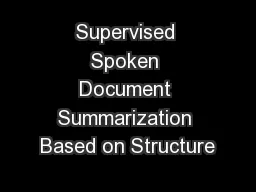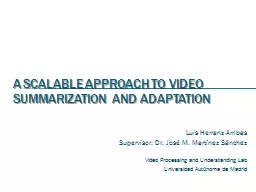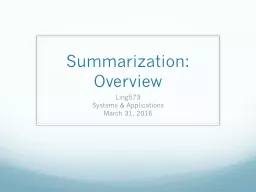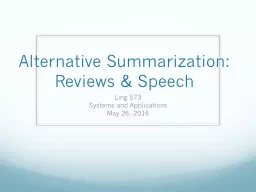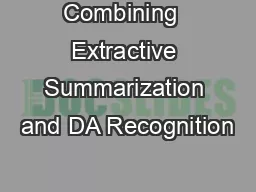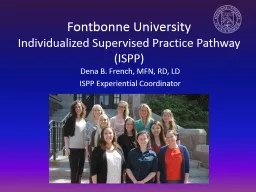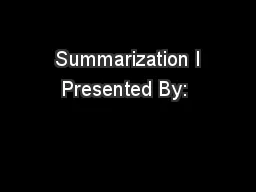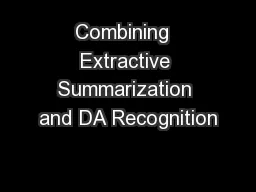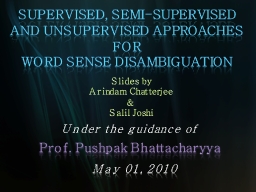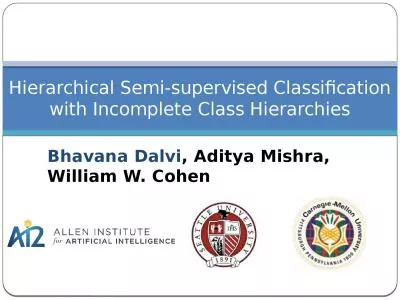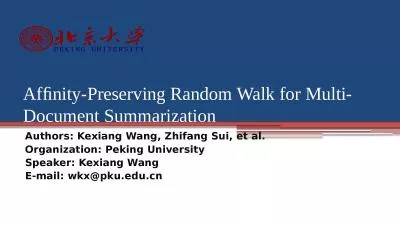PPT-Supervised Spoken Document Summarization Based on Structure
Author : debby-jeon | Published Date : 2016-08-07
Author Sz rung Shiang HungYI Lee Lin shan Lee Speaker Sz rung Shiang National Taiwan University Outline Introduction Extractive summarization Structured support
Presentation Embed Code
Download Presentation
Download Presentation The PPT/PDF document "Supervised Spoken Document Summarization..." is the property of its rightful owner. Permission is granted to download and print the materials on this website for personal, non-commercial use only, and to display it on your personal computer provided you do not modify the materials and that you retain all copyright notices contained in the materials. By downloading content from our website, you accept the terms of this agreement.
Supervised Spoken Document Summarization Based on Structure: Transcript
Download Rules Of Document
"Supervised Spoken Document Summarization Based on Structure"The content belongs to its owner. You may download and print it for personal use, without modification, and keep all copyright notices. By downloading, you agree to these terms.
Related Documents

